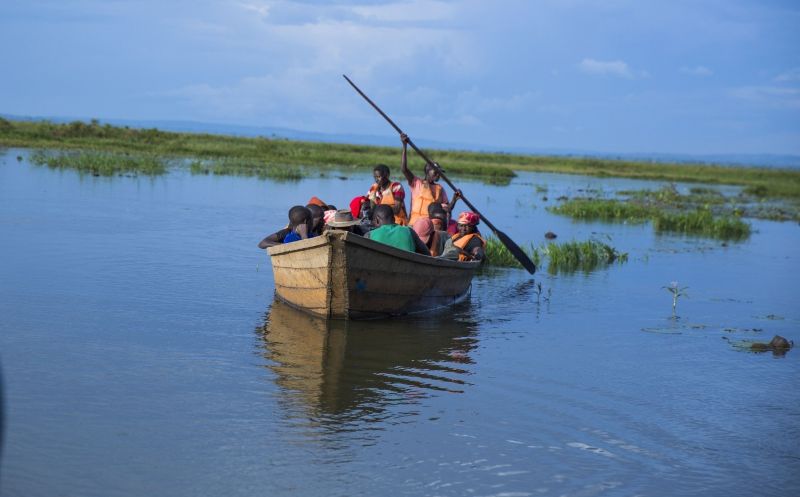By Sam Ngendahimana
On a cloudy day in May,Marie Anne Mushimiyimana, eight months pregnant, is on her way home from a medical check-up at Nkanga Health Center six hours away. Visibly tired, she has traveled by boat and on foot to get home to Sharita Island, which lies between Nyagisenyi and the main Akagera rivers, a major tributary of the River Nile.
For generations, Rwandans have managed to live in relative isolation on Sharita Island, one of two islands located in Rweru Sector in Bugesera District in Eastern Province of Rwanda.
The island’s basic infrastructure is chronically insufficient – there are no clinics, roads, schools, electricity, clean water, or sanitation. Mushimiyimana’s journey highlights the severe reproductive health challenges faced by women living on Sharita.
The island’s isolation, compounded by a changing climate that brings more rain and flooding, exposes the 610 people who still live on Sharita to numerous hazards and severely limits their opportunities to make a living. Attacks by hippos are a daily threat to those crossing to the mainland.
To reach essential services, including markets, healthcare, and secondary schools, the residents of Sharita must endure a demanding journey by canoe and on foot lasting up to an hour. The community relies on unfiltered lake water for drinking, leading to persistent health problems, with women bearing the brunt of the harsh conditions due to the lack of accessible healthcare.
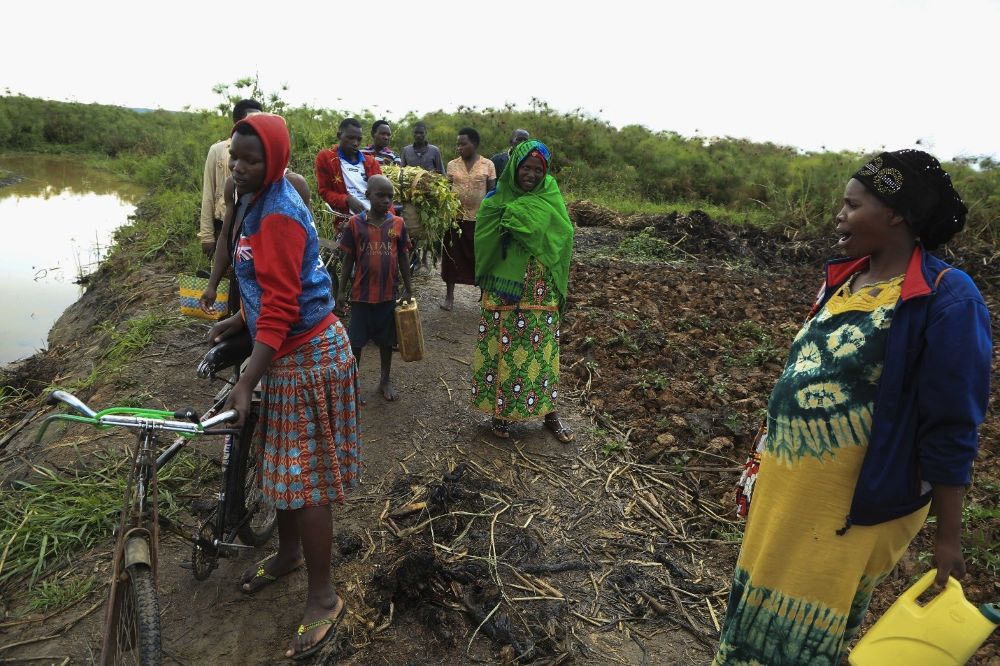
Women speak out
In the Nyagisenyi wetland, Mushimiyimana is traveling with her neighbour in case of complications with her pregnancy.
“Life on the island is extremely difficult,” the young mother-to-be said. “Without access to clean water, sanitation is a serious challenge. Women like me, pregnant and needing regular check-ups, must walk six hours just to reach care. We have no other choice.”
After crossing the Nyagisenyi River in a small wooden boat, Mushimiyimana and her companion made their way across the wetlands and papyrus swamps on foot. “There are no roads, and we can’t use motorcycles because we don’t have the means. So, we walk everywhere,” she explained.
Many women do not make it to the clinic and are forced to give birth along the roadside or in a boat. “Some give birth at home or even in the boat while traveling to the health center,” she said. “There are cases where babies are born right among the papyrus plants. We have only two boats for transport, which often makes emergencies worse.”
At night, the journey for pregnant women is even more harrowing. “Sometimes, both boats are on the other side of the river. By the time one returns, labor has already begun, and women deliver right there,” she said. “Many children here are born under these dangerous conditions.”
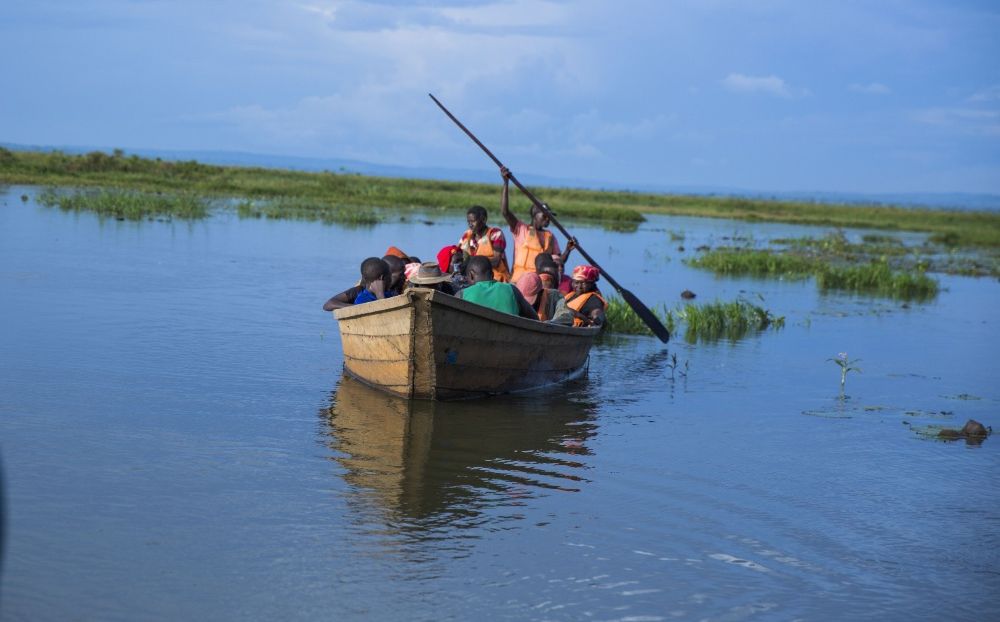
ROADSIDE DELIVERY
Immaculée Uwiragiye, a single mother of three, recalled the terror on the side of the road while she was trying to get to the health center. “The contractions started on the way,” she said. ”The boat was docked on the other side of the river, and we waited over two hours for the owner, who was asleep. By the time he came, it was almost time for the baby.”
Though it was late at night, Uwiragiye pressed on toward the health center. “I realized I couldn’t go any further. I told those with me I had to deliver right there,” she said. “Two guards helped, and I gave birth to a beautiful baby girl by the roadside.”
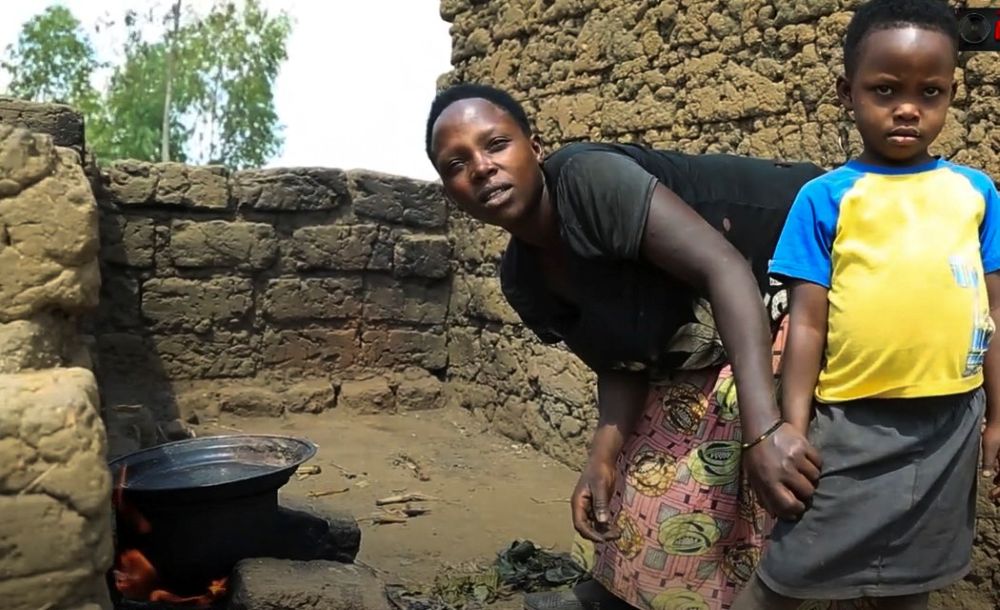
After giving birth, Uwiragiye and her companions headed for the health center, which is open 24 hours.
“It’s extremely difficult for pregnant women here, not just for check-ups but especially during labor,” she said. “The government should consider relocating residents to protect us from these life-threatening situations.”
According to Bugesera District data, over 80 families are living on Sharita Island, despite two relocation phases that have resettled more than 70% of the islanders in safer areas. Beyond healthcare access, wildlife hazards also threaten residents.
Jean Claude Bayisabakwinshi is among those still living on the island. His wife lost their newborn baby due to a lack of maternal care. After waiting more than four hours at night for a boat, she gave birth prematurely at seven months.
“The complications started during the night,” Bayisabakwinshi recalled. “We called a motorbike to rush to Nkanga Health Centre after crossing the river. At the port, the boat was on the mainland side. We waited over an hour, and by the time we crossed, my wife had given birth prematurely.”
The premature baby, exposed to cold wind during the 15-kilometer ride, died before they reached the clinic. “We’ll only feel safe when we no longer live here,” Bayisabakwinshi says
During an interview on August 22, 2025, Kalisa, a boat pilot, confirmed that in July, a woman, whose husband is Jean de Dieu Sebatware, gave birth to a baby girl on the shores of the Nyagisenyi stream while on her way to Nkanga Health Centre.
“They called me while I was on the other side. I rushed to reach the island, but when I arrived, she could no longer walk. She knelt and gave birth right there. Because of the pain she was in, she refused to continue to the health centre,” he said.
HIPPO ATTACKS
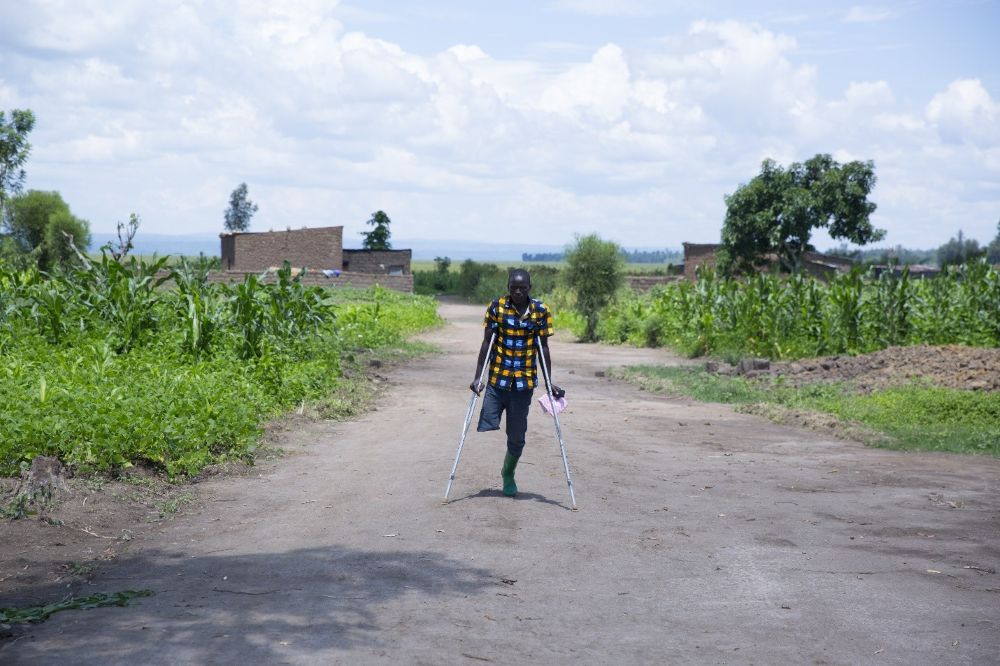
Sharita Island is considered by conservationists as a sanctuary for hippos, but these animals pose a severe danger to residents.
Antoine Mukeshimana’s right leg had to be amputated after he was attacked by a hippo. “I was in a small boat early in the morning to cut papyrus for our cows. The boat hit a hippo near the riverbank. It rammed my boat, threw me into the water, and attacked me.”
Despite fighting back, the hippo bit his leg. Neighbors helped him reach the health center, and he was later transferred to the University Central Teaching Hospital of Kigali (CHUK). After three months, doctors amputated his leg.
Hippo encounters have increased, especially during the rainy season when rising water levels push more hippos into the Nyagisenyi River. In May 2024, residents reported a noticeable rise in hippo numbers, making travel to the mainland more dangerous. Fear of attacks has led many women to hesitate in seeking essential healthcare.
Dr. Abias Maniragaba, an environmental health expert and lecturer at the University of Lay Adventists in Kigali, said it was vital that Sharita’s population was relocated.
“The island’s isolation presents risks to biodiversity and residents. The rise in hippos and monkeys after relocation is no coincidence,” he explained. “Essential services like healthcare, education, and markets are costly and hard to access here. Relocation would simplify access and improve living conditions.”
Dr. Maniragaba pointed out that those already relocated report better lives, reinforcing the need to prioritize moving all residents.
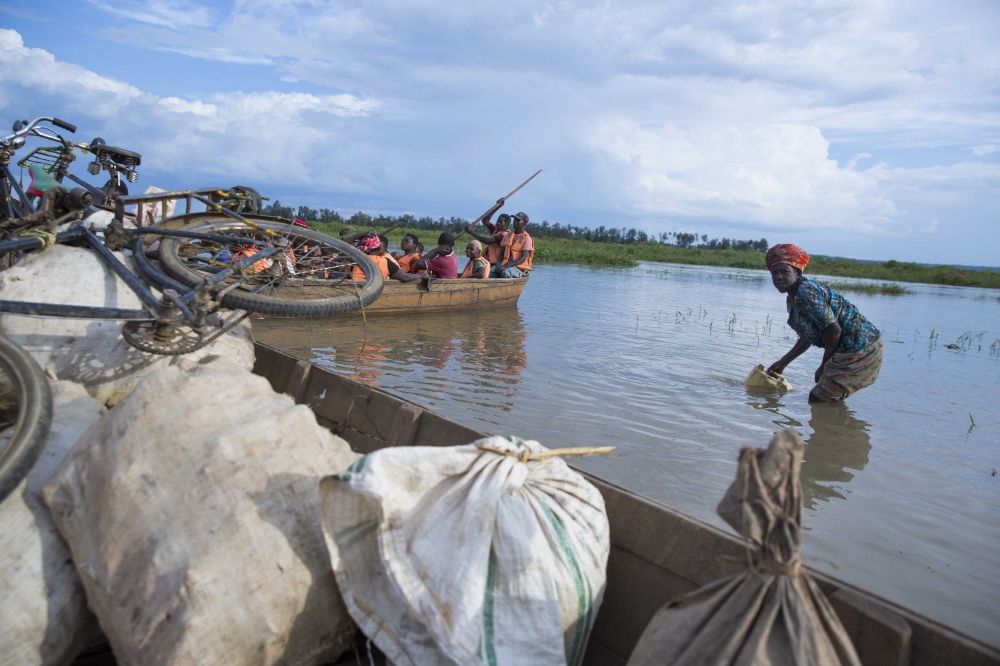
RELOCATING RESIDENTS
The Mayor of Bugesera District, Richard Mutabazi, told reporters in January that resettlement of the remaining 84 families into “model villages” depended on the availability of funding.
“We’ve relocated 64 families so far. One settlement site is complete, but funding remains a critical challenge,” Mutabazi said. “We’re working with national leaders to secure resources and find sustainable solutions.”
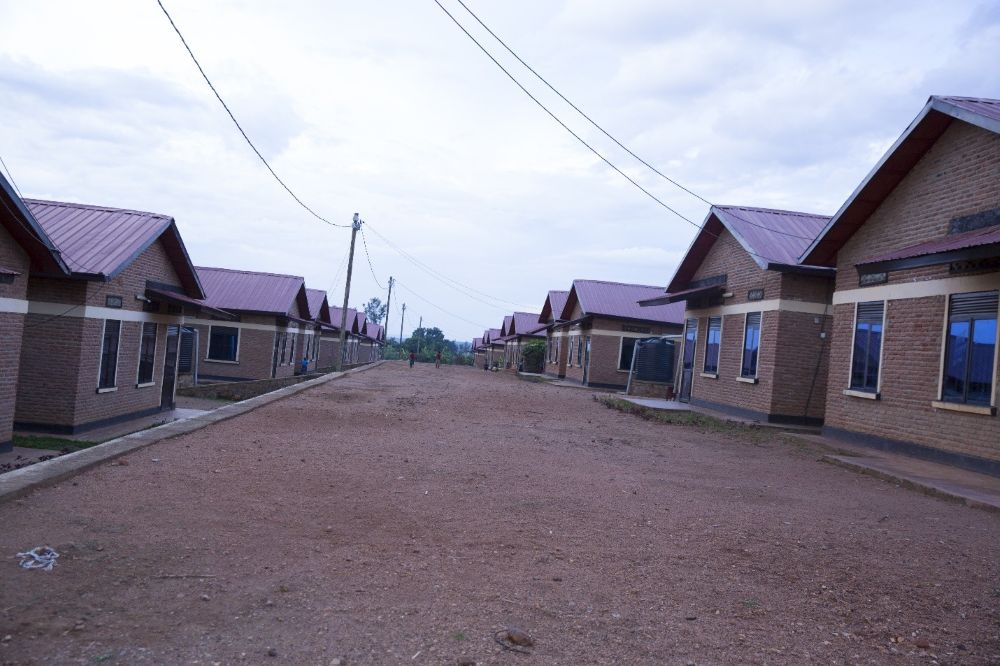
Since 2016, more than 70% of Sharita’s population has moved to Rweru and Kivusha “model villages”, where residents have access to clean water, electricity, health care, schools, and markets.
The government has relocated people in high-risk areas into grouped settlements they call “model villages,” which span 30 districts of Rwanda.

